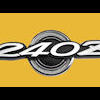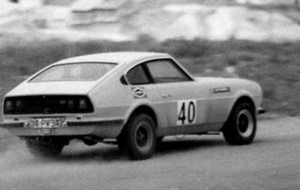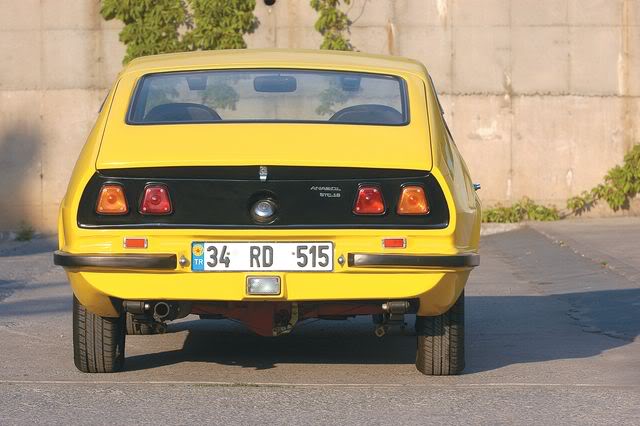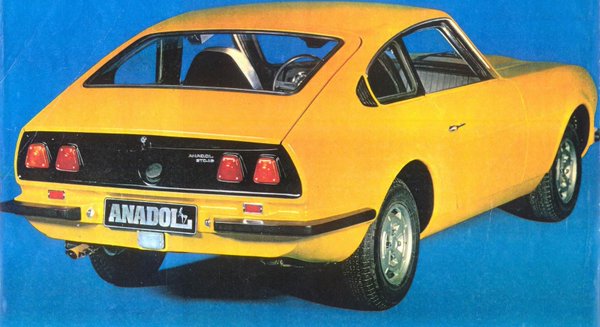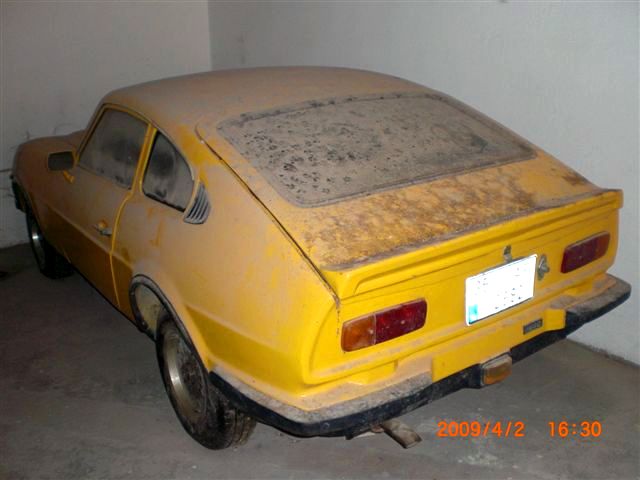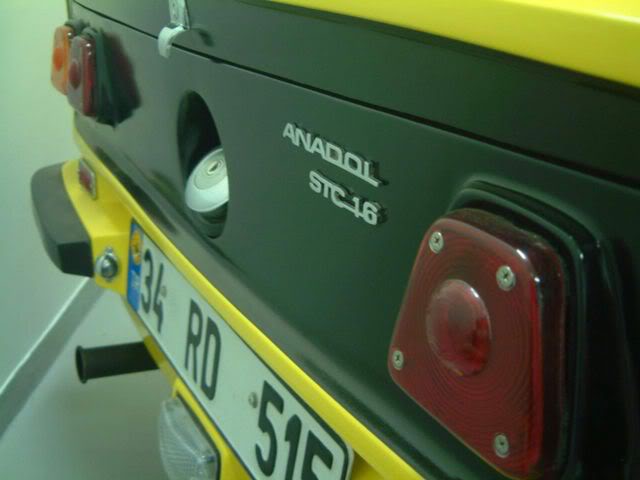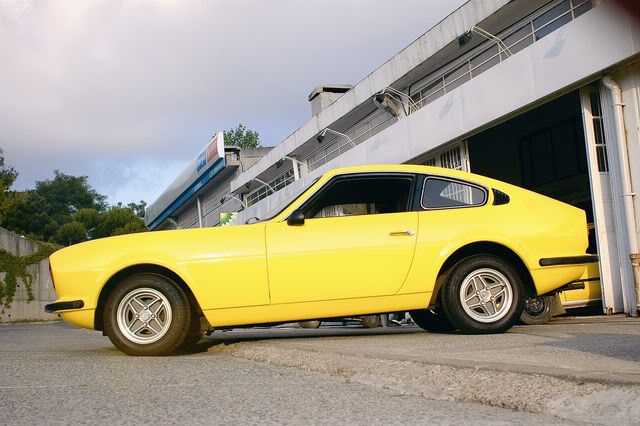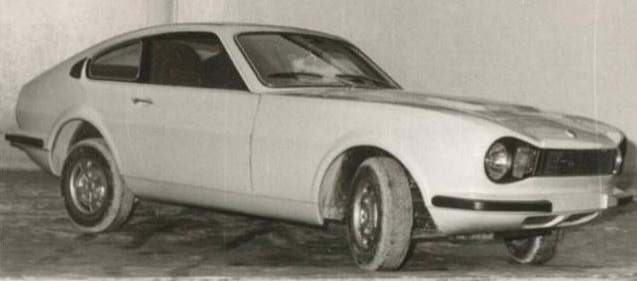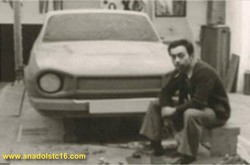Well, it's been a while, but I want to revisited this subject with another possible solution to inaccurate fuel gauge readings.
My gauge would read about three needle widths below the full mark after filling the tank (like forever), and would still have a lot of gas remaining when reading well below empty.
I drained my tank of the 2.5 gals remaining and removed the sending unit. Outside the tank, I hooked up the sender to the wiring harness, grounded the earth wire to the chassis, and turned the ignition key to on.
I then manually moved the sender arm through its full range of movement causing the pickup contact to slide on the resistance windings full scale from empty to full. The gauge readings remained unchanged as when installed in the tank.
the reasons I narrowed my focus to the sender as the culprit are:
1. I removed my fuel gage and hooked up another spare gauge. There was no change in fuel readings.
2. The fuel sender sub-harness is new and properly grounded to the chassis.
3. The sender is NOS, and replaced a NOS sender installed a few years ago with the same issues.
4. The fuel tank has been restored to as-new condition with all of the correct fittings.
I had previously spoken about possibly "bending" the float arm on the sender to change
the gage reading.
Well, after taking a closer look at the sender, I noticed a set screw on the pivot arm of
the sender float arm. I also noticed that the contact on the sender was not near the top
of the resistance winding scale when the arm was moved to full tank position.
With nothing to loose, I loosened this set screw and rotated the pickup contact up to
the top of the windings while holding the float arm against the full stop position.
this set screw was then retightened and finger were crossed.
Someone else may have already tried this, but, none the less, I'm feeling pretty
excited about my discovery and anxious to try it out.
Again, outside the tank the sender was wired up and grounded and, with the
ignition switch on, the sender was manually moved to full stop causing the gauge to
move to The full mark for the first time in years.
Looking very promising, I reinstalled the sender and dumped the 2.5 gallons of gas
back into the tank. I have always thought that, at the empty mark, there was probably
2 to 2.5 gallons of reserve fuel remaining, or maybe I read that somewhere.
Anyway, almost afraid to try it out, I cranked up the engine to see if anything changed.
The fuel gauge worked its way up to the empty mark and stabilized there with 2.5 gallons
of fuel. Success, at least for now. I couldn't get to the gas station fast enough to try a
full tank on my gauge. When the station pump clicked off automatically signaling a full
tank, I switched the ignition on and the gauge indicator needle slowly moved to and
stabilized EXACTLY on the full mark.
I am definitely a happy camper right now.
Since I don't drive my car frequently, something that I have to keep in mind is, the gage will
move toward the half full mark more rapidly due to the shape of our gas tanks. The sender is
mounted in the deeper (fatter) end of the tank. When the float on the sender arm reaches
the halfway point, there is much more than half a tank of gas left, if that makes sense. Thereafter,
the gauge needle will move more slowly to be consistent with the actual amount of fuel
remaining in the tank.
Also, something I failed to mention. With the sender out of the car, I used a Q-tip with some wax
and grease remover to clean the resistance windings of any gas varnish buildup, and a piece
of 220 sandpaper to burnish the pickup contact for a more positive contact. Not sure if this
contributed to my success or not.
I hope this may help those with similar issues.
Dan
Also, I plagurized a photo of a gas tank from one of siteunseen's posts to
help with the above explanations.
 Subscriber
Subscriber 2Points2,733Posts
2Points2,733Posts





